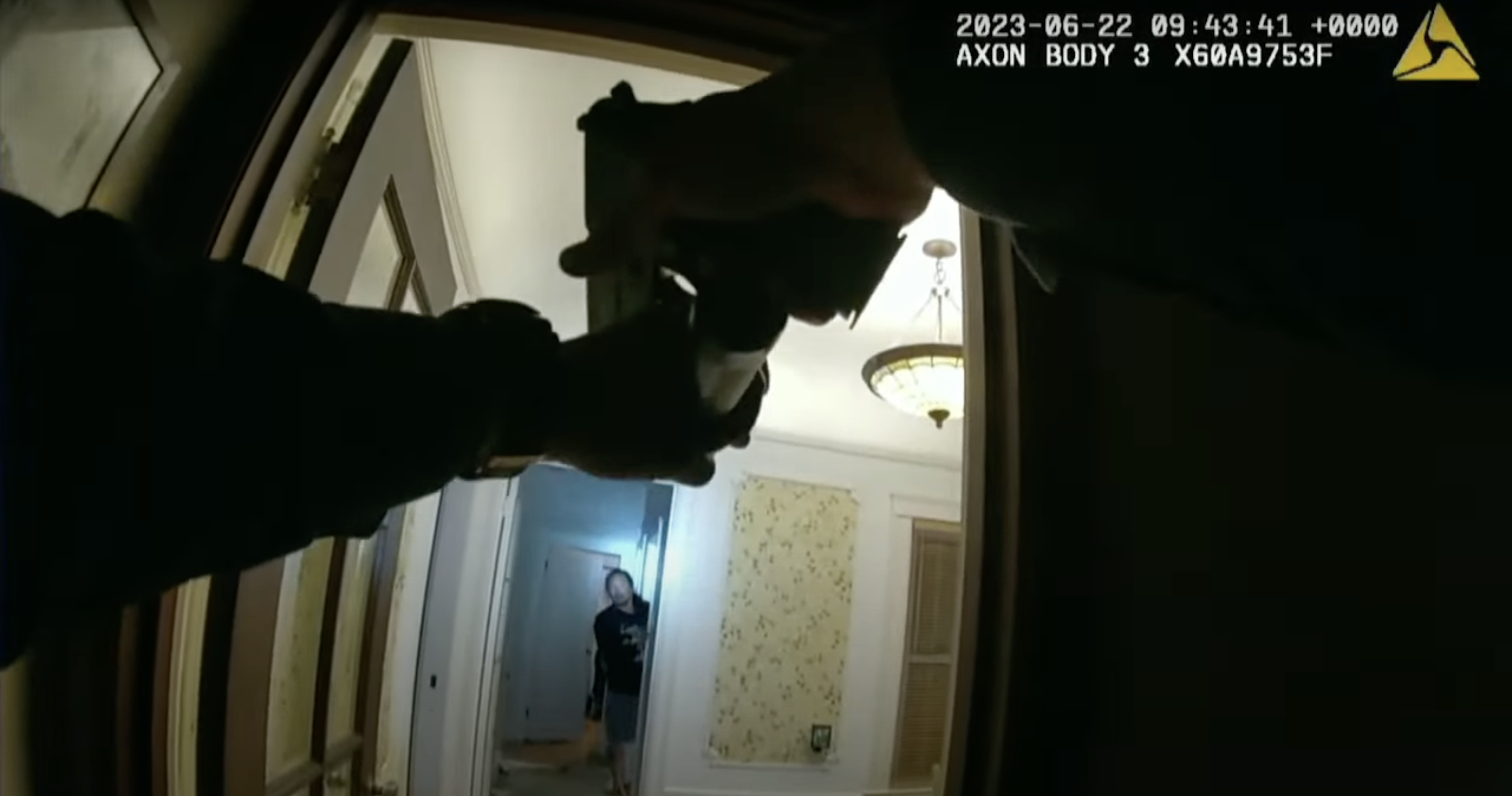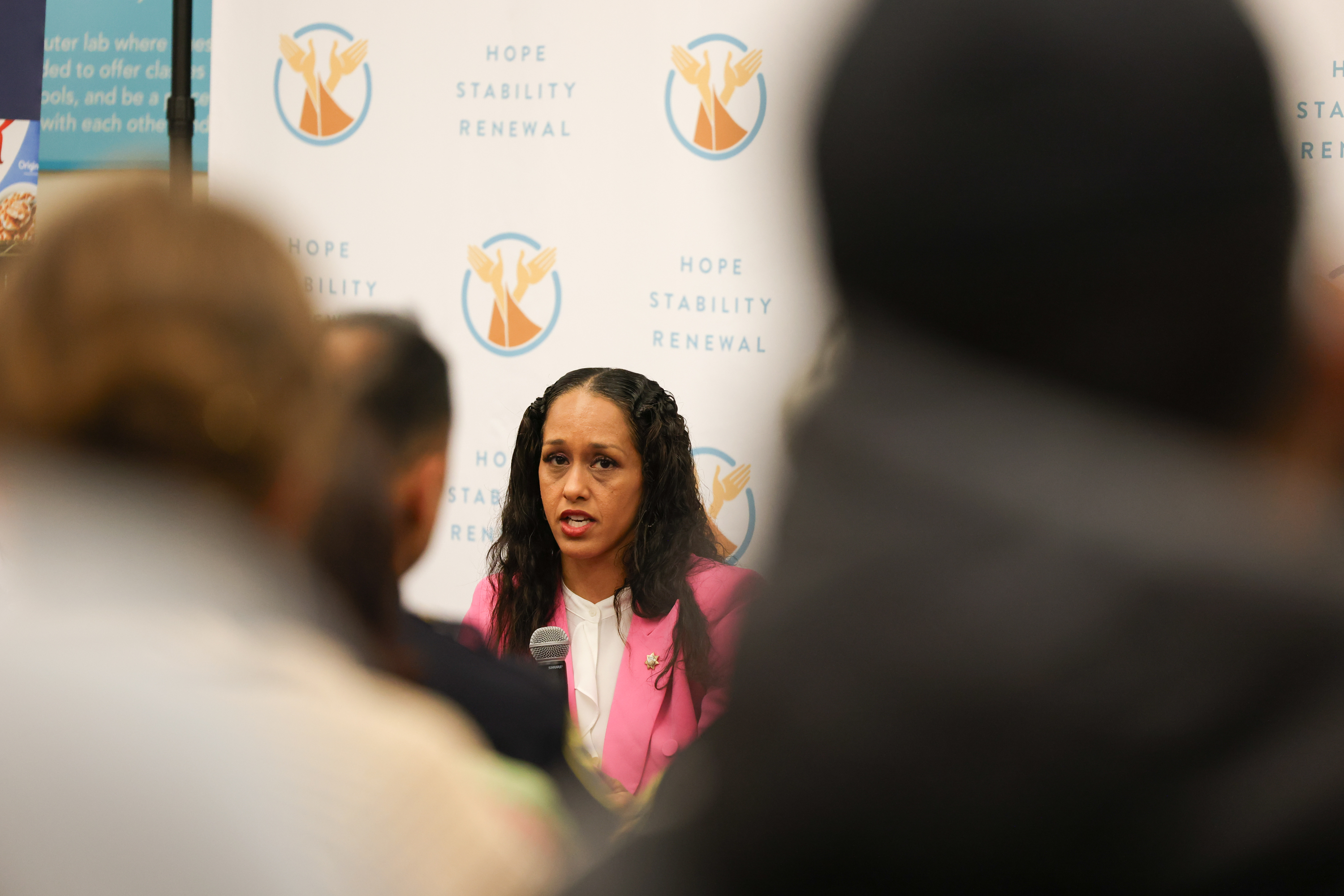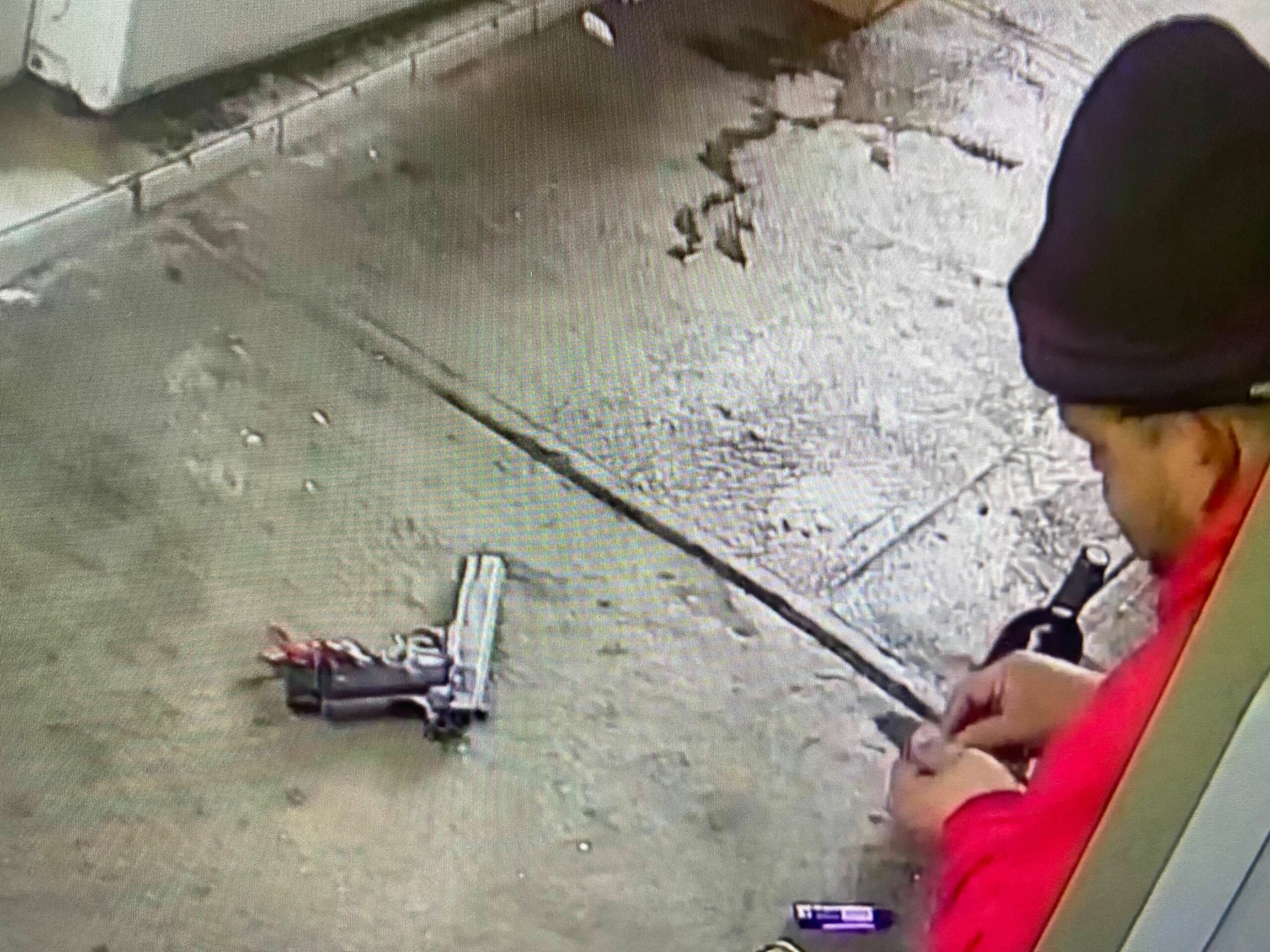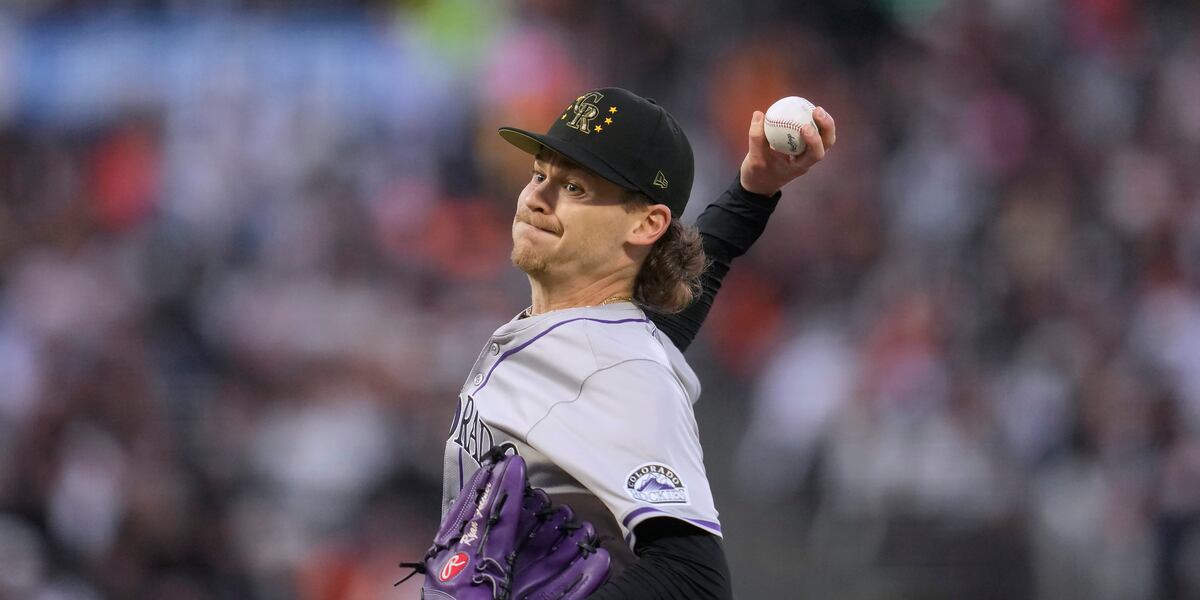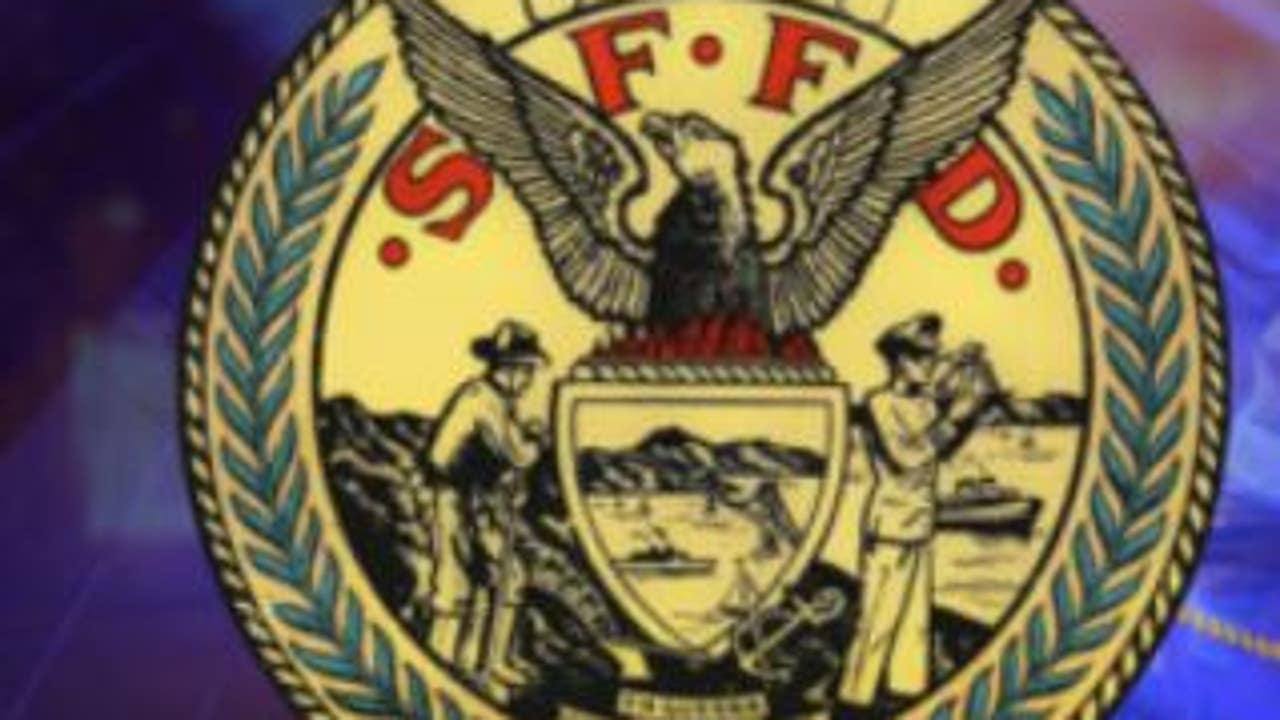San Francisco’s police oversight body is accusing the District Attorney’s Office of impeding investigations of police shootings by refusing to share evidence with the watchdog, according to correspondence obtained by The Standard.
San Francisco, CA
SFPD Watchdog Says DA Obstructs Police Shooting Investigations

Since January, District Attorney Brooke Jenkins has refused to hand over police reports and body camera footage, among other materials, from four police shootings, arguing that such evidence is part of open investigations that are confidential, according to a letter from the Department of Police Accountability.
The nearly yearlong feud over access to evidence raises new worries that the DA’s actions could undermine police reform efforts and undermine the agency’s commitment to fully investigate potential criminal acts committed by police officers.
Now, the matter is set to come before the Police Commission, which is the civilian oversight body for the police department. The Department of Police Accountability (DPA), which is tasked with heading up police misconduct investigations, as well as police shooting misconduct investigations since 2016, has asked the commission to step in and force the police to hand over the material the DA refuses to share. The commission is expecting a response from the DA in late December and will decide on the next steps in the matter in early 2024.
While the commission has yet to take action on the matter, Police Commissioner Kevin Benedicto said the issue is threatening to kneecap reforms that came out of the U.S. Department of Justice review of SFPD in 2016.
“San Francisco voters have given DPA charter authority to conduct [police shooting] independent investigations, and DPA should receive all relevant documents for those investigations. It would be very disappointing to see this progress reversed and for DPA to not have access to the materials it is entitled to receive to complete a thorough investigation,” he said.
The DPA says exchanges of such material were routine before Jenkins’ office stopped sharing them earlier this year.
“DPA requested that SFPD provide basic documents such as the police report and body-worn camera footage, and SFPD has refused … on behalf of the San Francisco District Attorney’s Office,” the DPA’s letter said. “DPA has investigated numerous SFPD [police shootings] with the prompt and full cooperation of the SFPD—up until this year.”
From April 2019 to December 2022, San Francisco had seven police shootings, and all but one were investigated jointly by the SFPD, the DA’s Independent Investigations Bureau (IIB) and the police accountability department, according to the agency.
But the Department of Police Accountability has only had limited access to case evidence in this year’s four fatal police shooting incidents: Sergio Barrios, 40, was killed May 19 in Bernal Heights; on June 22, Marc Child was killed by an officer at his parents’ Richmond District home; on July 26, police shot and killed Ryant Bluford, 41, in the Bayview; Zhanyuan Yang, 31, was shot and killed by police Oct. 9 after ramming his car into the Chinese consulate.
“What is most puzzling about this request is DPA has participated in viewing the crime scenes of all of the incidents, viewed [body camera] footage, and virtually sat in on interviews of officers and witnesses conducted by IIB in relation to the incidents,” continued the letter.
In response, the police department told the Police Commission that it cannot share the documents and other material because it is not responsible for the criminal investigation of police shootings—the DA is.
“To protect the integrity of these investigations, the District Attorney maintains that all evidence, generated either by the District Attorney or the Police Department, belongs to the District Attorney and may not be disclosed to third parties until the close of the criminal investigation,” said the department’s Oct. 13 letter.
The SFPD letter also argues that the Police Commission does not have the authority to force the DA’s Office to do anything, as it is an independent elected office.
Jenkins denied the allegation that her office has obstructed police accountability department investigations and claimed that the oversight agency, like other administrative investigators, should wait for the criminal investigation to end before receiving confidential evidence so that it does not interfere with the investigation.
“Any insinuation by DPA or anyone that the District Attorney’s Office is obstructing DPA’s investigation is patently false,” she said.
She did not say why certain information is being withheld while other evidence is not or how the office decides what the Department of Police Accountability should have access to.
This is not the first time the issue of sharing information related to police shootings has been the source of conflict.
The issue of police and the DA sharing documents goes back to February 2022 when Police Chief Bill Scott walked away from an agreement with then-District Attorney Chesa Boudin. That agreement, which has yet to be renewed, governed what evidence would be shared in police shooting cases investigated by the DA.
Scott accused the DA of violating the terms of the agreement by withholding evidence in a case against an officer accused of using excessive force. Since Brooke Jenkins took office last year, the SFPD and her office have worked under a temporary agreement on the matter.
Boudin had upset rank-and-file police officers and their union by filing unprecedented criminal charges against three officers who had shot and injured or killed people while on duty.
Since taking office in July 2022, Jenkins has dismissed every police shooting case that Boudin filed and, former DA staffers say, worked to declaw the unit that investigates such cases.

San Francisco, CA
Bay Area parties it up at Thrive City to celebrate new Golden State Valkyries WNBA team

SAN FRANCISCO (KGO) — In San Francisco, there was partying Saturday at Thrive City. This was the official community celebration for the Bay Area’s newest WNBA team, the Golden State Valkyries.
The team will play its games at Chase Center starting in 2025.
We spoke with fans who say the Valkyries are arriving at just the right time.
From the stage to the stands, there were nothing but big party vibes welcoming the Golden State Valkyries.
The ‘Valkyries’: Golden State WNBA team announces official name and logo
“It’s such a historic moment for women, and I’m so glad to be a part of it and be in the Bay for this,” said Oakland resident Elisa Gomez.
The WNBA’s newest expansion team was posting up at Thrive City on Saturday outside the Chase Center.
“I think women’s sports is really having a re-emergence and that it’s really popular for everybody, so it’s not just the men,” said Oakland resident Anna Frankel.
“I’m glad that women’s sports is getting as much exposure as men’s sport. With soccer having as much exposure as the men’s, basketball is next,” said Oakland resident Derrick Kirkpatrick.
Preparing the next generation of possible pros and fans alike.
Warriors’ goal for WNBA expansion team: ‘We want to be the best’
“Just showing her that she can do anything. She can,” said Hayward resident Moji Oladimeji, gesturing to her daughter. “Bringing a WNBA team to the Bay Area means a lot to be able to see her grow up and watch the stars on TV.”
Fans were treated to special musical guests, food, games and more. And there was merch everywhere.
“I thought it was great that it actually has the Bay Bridge in it, because usually it’s the Golden Gate, so it’s really good to include the East Bay and other parts of the Bay Area,” Frankel said.
“I think it’s really beautiful that they’ll play here. But they’re headquartered in Oakland, because I feel right now Oakland is going through a transition period and they can be part of the vibrant re-emerging as well,” said SF resident Ashley Budelli.
“We’re all really excited for it, and we’re all ready for it, and we’re ready to support it and super excited it’s coming next year,” Gomez said.
Copyright © 2024 KGO-TV. All Rights Reserved.
San Francisco, CA
Bay Bridge closes eastbound lanes due to fire, officials say
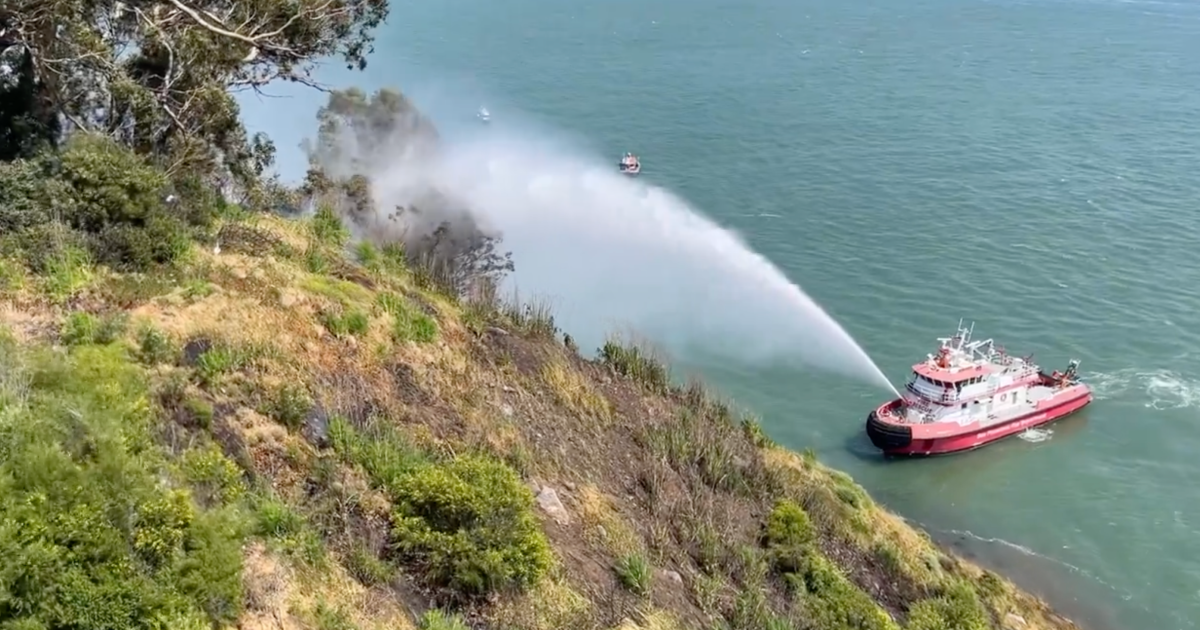
Crews responded to the fire shortly after 3 p.m., he said, and were still engaged in “an aggressive firefight” nearly an hour later.
“We’ve got about 40 firefighters on the island attempting to reach this fire in steep terrain and high winds,” he said.
Fire boats from both San Francisco and Alameda County were also dispatched to the scene, Schorr added.
San Francisco, CA
San Francisco’s Bay to Breakers footrace happens Sunday. Here’s what to know.

The 113th edition of San Francisco’s Bay to Breakers will bring thousands of runners to the city’s streets early Sunday morning, along with street closures to accommodate the roving party.
Famous for its wild costumes, nude and/or scantily clad participants and themed running groups, the freewheeling footrace is one of those unique “only in San Francisco” events that has become an institution with over a hundred years of history behind it.
What is the Bay To Breakers?
The Bay to Breakers is an annual footrace held in San Francisco that usually happens on the third Sunday of May. The race was started in 1912 with the intent of raising spirits in the city that was still recovering from the deadly 1906 earthquake as well as to promote the then upcoming Panama-Pacific International Exposition that happened in 1915.
The race has continued long after its initial purpose, though there were points that participation dipped as low as only 50 runners during World War II. Still, the race continued to be held every year, gradually building in popularity and becoming an iconic and irreverent fixture of San Francisco’s culture.
According to the Wikipedia page on the race, the Bay to Breakers “has been run for more consecutive years over a given course and length than has any other footrace in the world.” The race entered the annals of the Guinness Book of World Records in 1986 when that year’s edition boasted 110,000 participants, setting the record as the world’s largest footrace.
What is the Bay to Breakers route?
The Bay to Breakers route has changed slightly over the decades. Initially, the starting point was the Ferry Building, where racers would run along Market Street to Golden Gate Avenue before turning onto Divisadero Street. However, in 1968, organizers moved the start to less busy Howard Street, while the climb up Divisadero was moved to Hayes Street. The current course cuts over from Howard St. at Ninth St., turning west along Hayes St. and up the challenging Hayes Street Hill near Alamo Square. After the hill, the course follows the Golden Gate Park Panhandle on Fell Street before moving west through Golden Gate Park to the Great Highway and Ocean Beach, where the course ends.
The complete Bay to Breakers course is 7.46 miles (12 km) long. The route was originally set up by organizers to emulate another venerable Bay Area event, the Dipsea Race. That Marin County footrace founded in 1905 travels from downtown Mill Valley to Stinson Beach.
When does the Bay to Breakers start?
This Sunday race begins at 8 a.m., with the first wave of runners taking off from the Howard Street starting line at that time and subsequent waves following until 8:45 a.m. The course will close at 12:30 p.m. on race day at the intersection of JFK and Chain of Lakes Golden Gate Park. Race organizers advise that participants who have not passed that intersection by 12:30 p.m. will not have the opportunity to cross the finish line on the Great Highway, which closes promptly at 1 p.m. More detailed information on the Bay to Breakers can be found on the race’s official website.
What is the traffic impact from Bay to Breakers?
The Bay to Breakers takes place early enough on Sunday morning that the traffic from the huge throng of runners and attendant street closures doesn’t see huge impacts. However, there are closures across the city, but for preparation and for the race itself.
The earliest street closures begin Saturday at 7 p.m. in the downtown staging area near the start of the race at Main between Mission and Folsom. That area remains closed until Sunday at 5 p.m. The race will also shut down the Great Highway between Sloat and JFK between Saturday at 9 p.m. until Sunday at 4 p.m.
On Sunday morning, there will be closures all along the race route, with a concentration of street closures downtown in the staging area starting at 3 a.m. They include:
- Beale between Mission and Folsom
- Fremont between Mission and Folsom
- First St. between Market and Folsom (Muni allowed from Market to Mission)
- Second St. between Mission and Folsom
- New Montgomery between Mission and Howard
- Howard between Beale and Third St .
There will also be intersection closures on Howard at Beale, Fremont, First, Second, and New Montgomery. Drivers should anticipate heavy traffic along the race route due to street closures. There will also be Sunday morning closures for multiple entrances to Golden Gate Park during the race.
While the Bay to Breakers will be forcing a number of bus route changes, the race is also changing Muni’s usual weekend service time to accommodate the expected crowds. The Market Street Subway will open early at 6 a.m. Sunday morning, with extra service provided on the N Judah and S Shuttle lines between West Portal and Embarcadero stations. Full details on street closures and service impacts are available on the SFMTA website.
BART is also providing four trains with limited stops before regular weekend BART service to help transport Bay to Breakers runners. The special service will get race participants to the Embarcadero station at around 7 a.m.
The special early morning trains will pick up passengers with limited service from the Millbrae, Daly City, and 16th Street Mission stations in San Francisco and on the Peninsula and from the West Oakland, MacArthur, Pleasant Hill, El Cerrito del Norte, Bay Fair, and Dublin stations in the East Bay. These stations will be the only stations opened early for service. The four early trains will go out of service once they drop riders off at Embarcadero. Riders will not be able to board those trains at Embarcadero.
More information on the special service is available on the BART website. Caltrain and Golden Gate Ferry also will be providing additional service to accommodate Bay to Breakers participants. Public transit is recommended for those running in the race due to possible traffic and parking issues.
Is the Bay to Breakers still a roving party?
While there inevitably will be some drinking among participants (not to mention spectators who line the race route), back in 2009 San Francisco city officials and race organizers made changes to the rules that banned the use of floats (which were often used to transport full kegs of beer), alcohol, drunkenness and nudity. The changes were in response to residents who lived along the race route who complained about problems with public drunkenness and urination in their neighborhoods. While the race has become somewhat toned down since those changes, there is still a festive and hedonistic atmosphere to the proceedings.
-

 Finance1 week ago
Finance1 week agoSpring Finance Forum 2024: CRE Financiers Eye Signs of Recovery
-

 World1 week ago
World1 week agoIndia Lok Sabha election 2024 Phase 4: Who votes and what’s at stake?
-

 Politics1 week ago
Politics1 week agoBiden’s decision to pull Israel weapons shipment kept quiet until after Holocaust remembrance address: report
-

 News1 week ago
News1 week agoThe Major Supreme Court Cases of 2024
-

 News1 week ago
News1 week agoTornadoes tear through the southeastern U.S. as storms leave 3 dead
-

 World1 week ago
World1 week agoA look at Chinese investment within Hungary
-

 Politics1 week ago
Politics1 week agoTales from the trail: The blue states Trump eyes to turn red in November
-

 World1 week ago
World1 week agoBorrell: Spain, Ireland and others could recognise Palestine on 21 May
